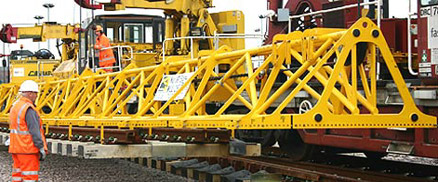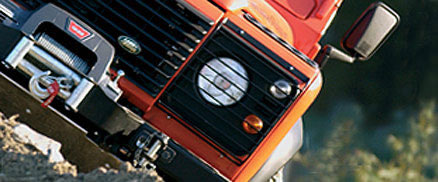Two types of shackles that you can choose from are:
Anchor (bow type)
Chain (”D” type)
Both these types of shackles are used with screw or round pins. When selecting the right shackle, refer to manufacturers’ tables for the safe working loads of the shackles. Shackles are sized according to the diameter of the bow section rather than the pin size. Never use a shackle if the distance between the eyes is greater than listed in the manufacturers’ tables.
When it comes to inspecting shackles there are a few points that you should follow:
- Inspect shackles regularly.
- Inspect the shackle eye and pin holes for stretching (elongation) and wear. Elongation means the metal is being overloaded.
- Inspect the shackle body for bending. A bent shackle indicates excessive side-loading.
- Inspect all shackle pins for distortion, surface blemishes, wear and fractures.
- All pins must be straight and all screw pins must be completely seated. Cotter pins must be used with all round pin shackles.
- Replace shackles that are bent, show excessive wear by more than 10% of the original diameter, or have an elongated eye or shackle pin holes.
When using shackles you should avoid:
- Do not replace the shackle pin with a bolt or unidentified pins. A load will bend the bolt.
- Do not allow a shackle to be pulled at an angle. The legs will open. Pack the pin with washers to center the shackle.
- Do not use screw pin shackles or fit pins in contact with moving parts if the pin can roll and unscrew. If the load shifts, the sling will unscrew the shackle pin.


